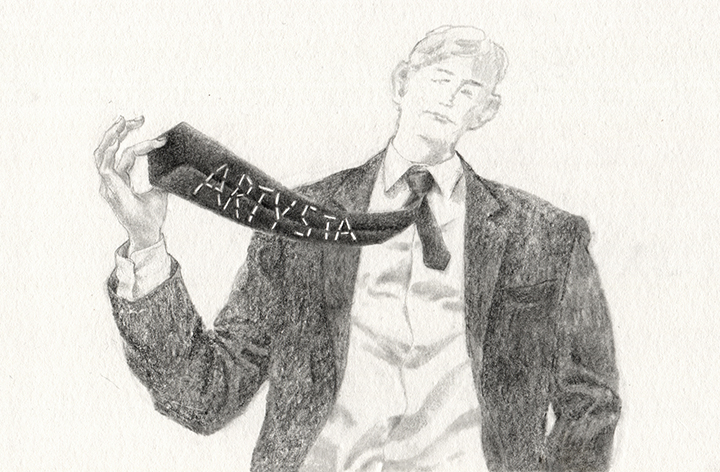Robota robiona była. O instalacji wideo-rzeźbiarskiej 50°31’29.7”N 22°46’39.1”E, 50°30’56.2”N 22°46’01.0”E, 50°30’41.0”N 22°45’49.5”E Dominiki Macochy rozmawiają Elżbieta Janicka, Konrad Matyjaszek, Xawery Stańczyk, Katrin Stoll i Anna Zawadzka
The Job Was Being Done: A conversation about Dominika Macocha’s video-sculptural installation 50°31’29.7”N 22°46’39.1”E, 50°30’56.2”N 22°46’01.0”E, 50°30’41.0”N 22°45’49.5”E.
Author(s): Elżbieta Janicka, Konrad Matyjaszek, Xawery Stańczyk, Katrin Stoll, Anna ZawadzkaSubject(s): Fine Arts / Performing Arts, Architecture, History of the Holocaust, Film / Cinema / Cinematography, History of Antisemitism
Published by: Instytut Slawistyki Polskiej Akademii Nauk
Keywords: Dominika Macocha; antisemitism; taboo; witness; bystander; contaminated landscapes; Martin Pollack; Holocaust; narrative fetishism
Summary/Abstract: This article is a record of a discussion concerning Dominika Macocha’s video-sculptural installation 50°31’29.7”N 22°46’39.1”E, 50°30’56.2”N 22°46’01.0”E, 50°30’41.0”N 22°45’49.5”E. The work deals with the uses of discourse and landscapes in mechanisms of camouflaging the crimes perpetrated on Jews by Poles during the Holocaust. The author lays bare and deconstructs these mechanisms – above all the mechanisms of narrative fetishism of production of artificial landscape – drawing on examples from Biłgoraj county. In the course of the discussion, the work inspired a critical reassessment of the categories dominating the ways in which the Holocaust is currently described: (1) Martin Pollack’s category of contaminated landscapes, rooted in the ideology of two totalitarianisms; (2) the category of the witness / bystander, which conceals the observers’ participation in the scenario of the crime; and (3) the category of taboo, which is ambivalent considering the universal knowledge on the part of local communities about what happened to Jews from their localities. Reflection on the production of taboo leads the discussants to deliberate on the status of Jewish sources in the field of Holocaust studies. Collected since as early as the 1940s, and containing ample and detailed information about Polish crimes perpetrated on Jews, they are nevertheless not recognised as sources by Polish historians. The conversation is concluded by an attempt at recapitulating the present condition of Polish historiography in the light of the postulated new approach to sources.
Journal: Studia Litteraria et Historica
- Issue Year: 2020
- Issue No: 9
- Page Range: 1-34
- Page Count: 34
- Language: English

